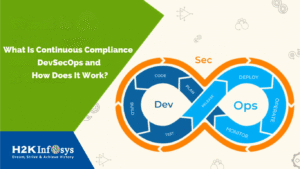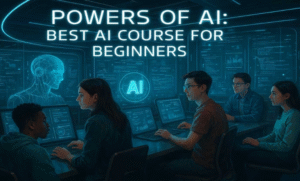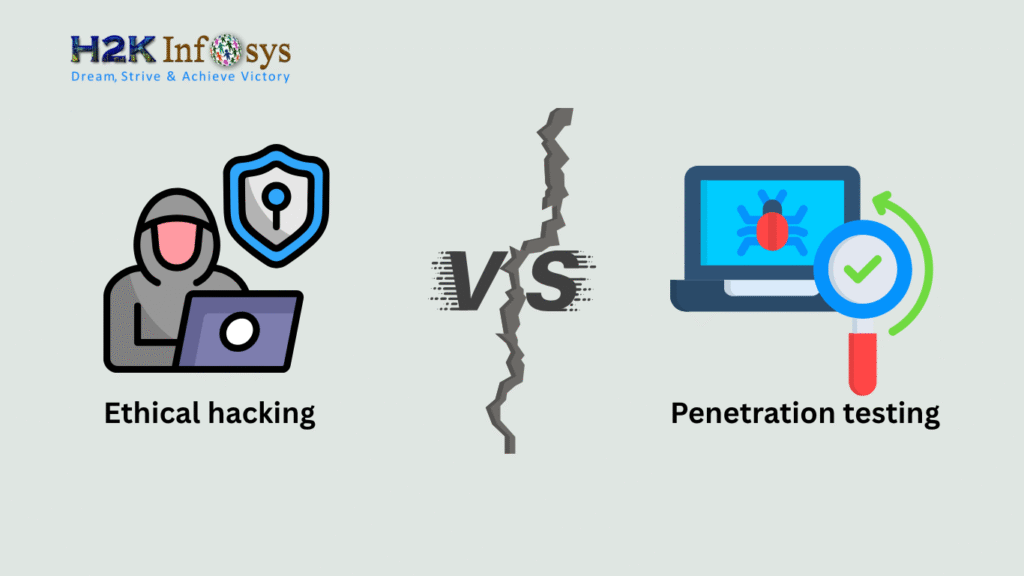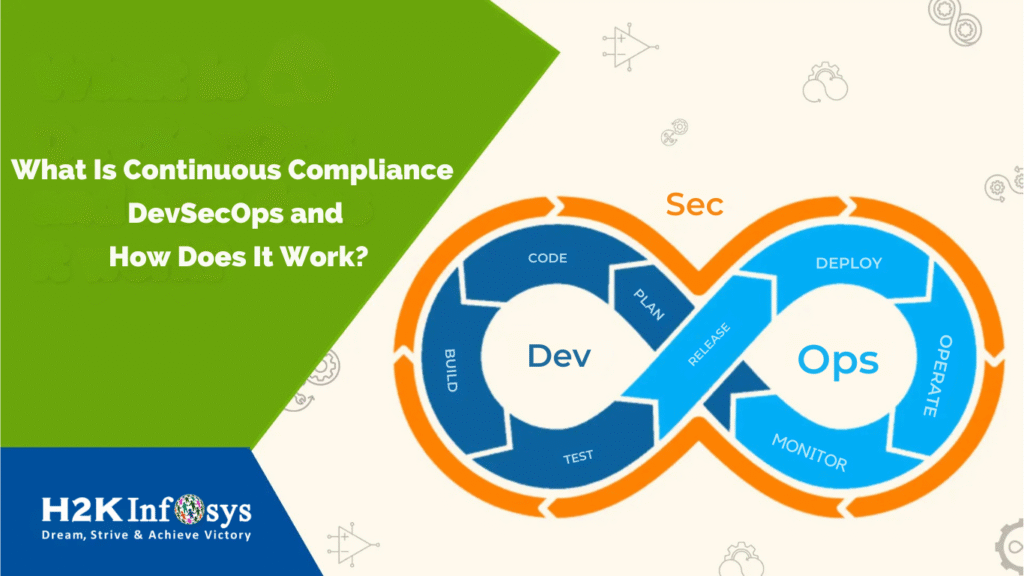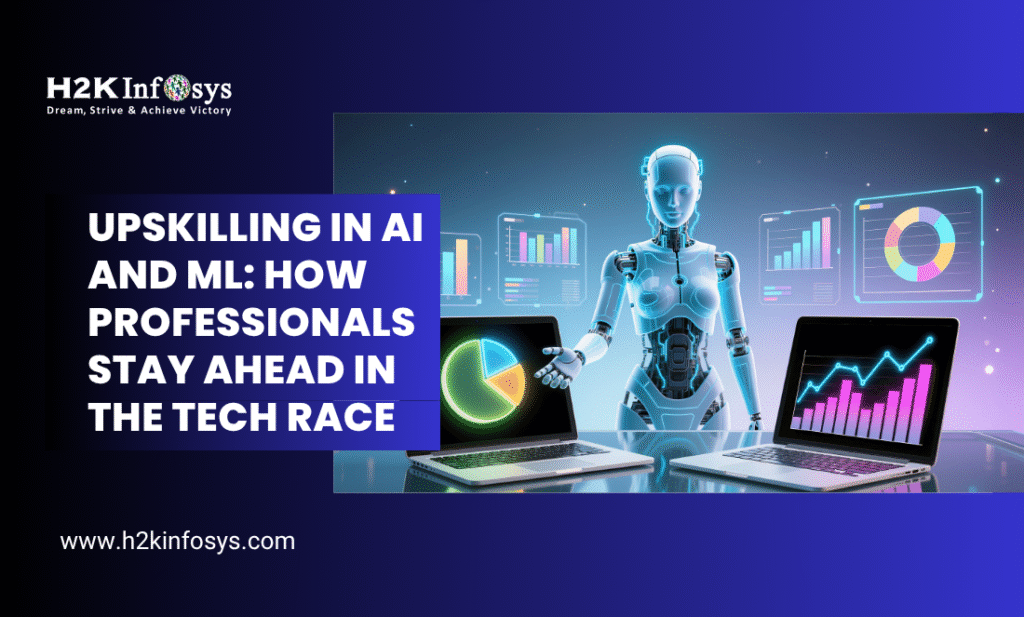Introduction
Machine learning (ML) has become an indispensable skill set in data-driven industries, and landing a job in this field often requires navigating through a series of challenging interviews. To help you prepare, we’ve compiled 30 essential machine learning interview questions and answers. These questions cover a broad range of topics, from fundamental concepts to more advanced techniques, ensuring you’re ready for any interview.
Whether you’re just starting out with a Free machine learning course or enrolled in machine learning classes online, mastering these questions will give you a competitive edge. Let’s dive into the key areas of machine learning that every aspiring data scientist or machine learning engineer should know.
30 Machine Learning Interview Questions and Answers
What is Machine Learning?
Machine learning is a subset of artificial intelligence that allows computers to learn and make decisions based on data without explicit programming. The main types of machine learning include supervised learning, unsupervised learning, and reinforcement learning.
Real-World Example: Recommendation engines in platforms like Netflix and Amazon.
What’s the difference between Supervised and Unsupervised Learning?
- Supervised Learning: The algorithm learns from labeled data (e.g., predicting house prices based on historical data).
- Unsupervised Learning: The algorithm explores the data to find hidden patterns without labels (e.g., customer segmentation).
Explain Overfitting and How to Prevent It.
Overfitting occurs when a model performs well on training data but poorly on unseen data. It happens when the model learns not only the patterns but also the noise in the data.
Prevention Techniques:
- Cross-validation
- Regularization (L1/L2)
- Pruning in decision trees
- Using dropout in neural networks
What is the Bias-Variance Tradeoff?
Bias is the error from erroneous assumptions in the learning algorithm, while variance is the error from sensitivity to small fluctuations in the training data. The tradeoff is balancing underfitting (high bias) and overfitting (high variance).
Explain the Concept of Cross-Validation.
Cross-validation is a technique used to assess how well a model generalizes to an independent dataset. The most common form is k-fold cross-validation, where the data is split into k subsets, and the model is trained and validated k times, each time using a different subset as validation data.
What is the Purpose of a Confusion Matrix?
A confusion matrix is a performance measurement tool for classification problems. It compares the predicted and actual classifications, breaking them down into four categories: True Positives, False Positives, True Negatives, and False Negatives.
What is Precision and Recall?
- Precision: The ratio of true positives to all positive predictions.
- Recall: The ratio of true positives to all actual positives.
Define AUC-ROC Curve.
The AUC-ROC curve is a graphical representation of the performance of a classification model at all classification thresholds. AUC represents the degree or measure of separability, and ROC is a plot of true positive rate (TPR) vs. false positive rate (FPR).
Explain Gradient Descent.
Gradient Descent is an optimization algorithm used to minimize the cost function in machine learning models by iteratively adjusting the model’s parameters.
Types:
- Batch Gradient Descent
- Stochastic Gradient Descent
- Mini-batch Gradient Descent
What is the Role of Hyperparameters?
Hyperparameters are settings or configurations external to the model that cannot be estimated from the data. Examples include the learning rate in gradient descent and the number of trees in a random forest.
How do Decision Trees Work?
Decision trees are a type of supervised learning algorithm that split the data into subsets based on the most significant feature until a certain criterion is met. Each node in a decision tree represents a feature, and each branch represents a decision rule
What is Random Forest?
A Random Forest is an ensemble learning method that combines multiple decision trees to improve performance and avoid overfitting. It builds trees on subsets of the data and aggregates the results.
Explain Principal Component Analysis (PCA).
PCA is a dimensionality reduction technique used to reduce the number of variables in a dataset by transforming them into a new set of variables that retains the most important information.
What is k-Means Clustering?
k-Means clustering is an unsupervised algorithm that partitions data into k clusters, where each cluster is represented by the mean of the data points within it.
What is Regularization?
Regularization is a technique used to prevent overfitting by adding a penalty to the model’s complexity. Common types are:
- L1 Regularization (Lasso)
- L2 Regularization (Ridge)
Explain the Term ‘Naive’ in Naive Bayes.
The ‘Naïve’ assumption in Naïve Bayes is that the features are independent of each other. This assumption simplifies the computation but is rarely true in real-world scenarios.
What is the Difference Between Bagging and Boosting?
- Bagging: Trains multiple models in parallel and aggregates their predictions.
- Boosting: Trains models sequentially, where each model corrects the errors of the previous one.
What is a Support Vector Machine (SVM)?
SVM is a supervised learning algorithm used for classification and regression tasks. It finds the hyperplane that best separates data into classes by maximizing the margin between them.
Explain the Concept of Cross Entropy in Classification.
Cross-entropy is a loss function used for classification tasks. It measures the difference between the actual label distribution and the predicted label distribution.
How Does a Neural Network Learn?
Neural networks learn by adjusting the weights of neurons through backpropagation. The goal is to minimize the loss function using optimization techniques like gradient descent
What is the Purpose of an Activation Function in Neural Networks?
Activation functions introduce non-linearity into the network, enabling it to learn and model complex data patterns. Common activation functions include ReLU, Sigmoid, and Tanh.
What is a Convolutional Neural Network (CNN)?
CNNs are a type of deep learning model, typically used for image classification tasks. They utilize convolutional layers to automatically detect features in images.
Explain Recurrent Neural Networks (RNNs).
RNNs are neural networks designed for sequential data, where each neuron has connections to its previous step’s output. This allows the model to retain memory and is used in applications like time series forecasting and language modeling
What is Transfer Learning?
Transfer learning involves taking a pre-trained model (trained on a large dataset) and fine-tuning it on a smaller dataset. This is commonly used in image recognition tasks where large datasets are rare.
What is the Difference Between Parametric and Non-Parametric Models?
- Parametric Models: Assume a fixed number of parameters (e.g., Linear Regression).
- Non-Parametric Models: Do not assume any specific form for the model, and the number of parameters grows with the data (e.g., k-Nearest Neighbors).
How Does k-Nearest Neighbors (k-NN) Work?
k-NN is a non-parametric algorithm that classifies a data point based on the majority class of its nearest neighbors.
What is the Curse of Dimensionality?
The curse of dimensionality refers to the various phenomena that arise when analyzing and organizing data in high-dimensional spaces. As the number of dimensions increases, the volume of the space increases, making the available data sparse. This sparsity is problematic for any method that requires statistical significance. In high-dimensional space, the distance between points becomes less meaningful, which can adversely affect model performance.
Example: In image recognition, increasing the pixel count (dimensions) can lead to fewer examples per dimension, making it difficult for models to generalize well.
What are Hyperparameter Tuning Techniques?
Hyperparameter tuning involves searching for the optimal configuration of hyperparameters for a machine learning model. Common techniques include:
- Grid Search: Exhaustively searches through a specified subset of hyperparameters.
- Random Search: Randomly samples hyperparameters from a specified distribution.
- Bayesian Optimization: Uses a probabilistic model to find the minimum of the objective function by making informed decisions about where to sample next.
Real-World Application: Hyperparameter tuning can significantly improve model accuracy and performance in competitions such as Kaggle.
What is Feature Engineering?
Feature engineering is the process of using domain knowledge to extract features from raw data that make machine learning algorithms work. It involves selecting, modifying, or creating new features to improve model performance.
Examples of Techniques:
- Normalization/Standardization: Adjusting the range of features.
- Encoding Categorical Variables: Converting categorical variables into numerical format (e.g., one-hot encoding).
- Creating Interaction Features: Combining features to capture interactions between them.
Importance: Good feature engineering can enhance model performance and reduce overfitting by providing more relevant information to the model.
Explain the concept of Ensemble Learning.
Ensemble learning is a technique that combines multiple models to improve the overall performance of machine learning tasks. The primary idea is that by aggregating the predictions of several models, you can achieve better accuracy than any individual model.
Types of Ensemble Learning:
- Bagging: Reduces variance by averaging predictions (e.g., Random Forest).
- Boosting: Combines weak learners sequentially to produce a strong learner (e.g., AdaBoost, Gradient Boosting).
Real-World Example: Ensemble methods are widely used in competitions like Kaggle due to their ability to improve accuracy and robustness.
Conclusion
Preparing for machine learning interviews requires a strong understanding of core concepts, technical skills, and practical applications. The 30 Machine Learning Interview Questions and Answers we’ve covered will not only help you grasp the fundamentals but also allow you to handle complex questions confidently.
If you’re looking to sharpen your skills further, consider enrolling in a free machine learning course or machine learning online course offered by H2K Infosys. These programs provide hands-on learning with expert instructors, helping you master real-world applications.
Key Takeaways:
- Machine learning interviews cover a broad spectrum of topics, from basic concepts like supervised learning to more advanced techniques like neural networks.
- Understanding practical applications and how to prevent common pitfalls, such as overfitting and underfitting, is essential.
- Regular practice through mock interviews and projects will help you gain confidence and expertise in this rapidly growing field.
Ready to take your machine learning career to the next level? Explore our Machine learning classes online at H2K Infosys and start your journey to becoming a machine learning expert!
Call to Action
Ready to elevate your machine learning skills and boost your career prospects? Don’t wait any longer! Enroll in our free machine learning course or explore our comprehensive Machine learning online course today at H2K Infosys. With hands-on learning, expert instructors, and practical applications, you’ll be well-prepared to ace your next interview and excel in the data science field.
Join our community of aspiring data scientists and take the first step towards mastering machine learning. Sign up now and unlock the potential of your career in technology!








